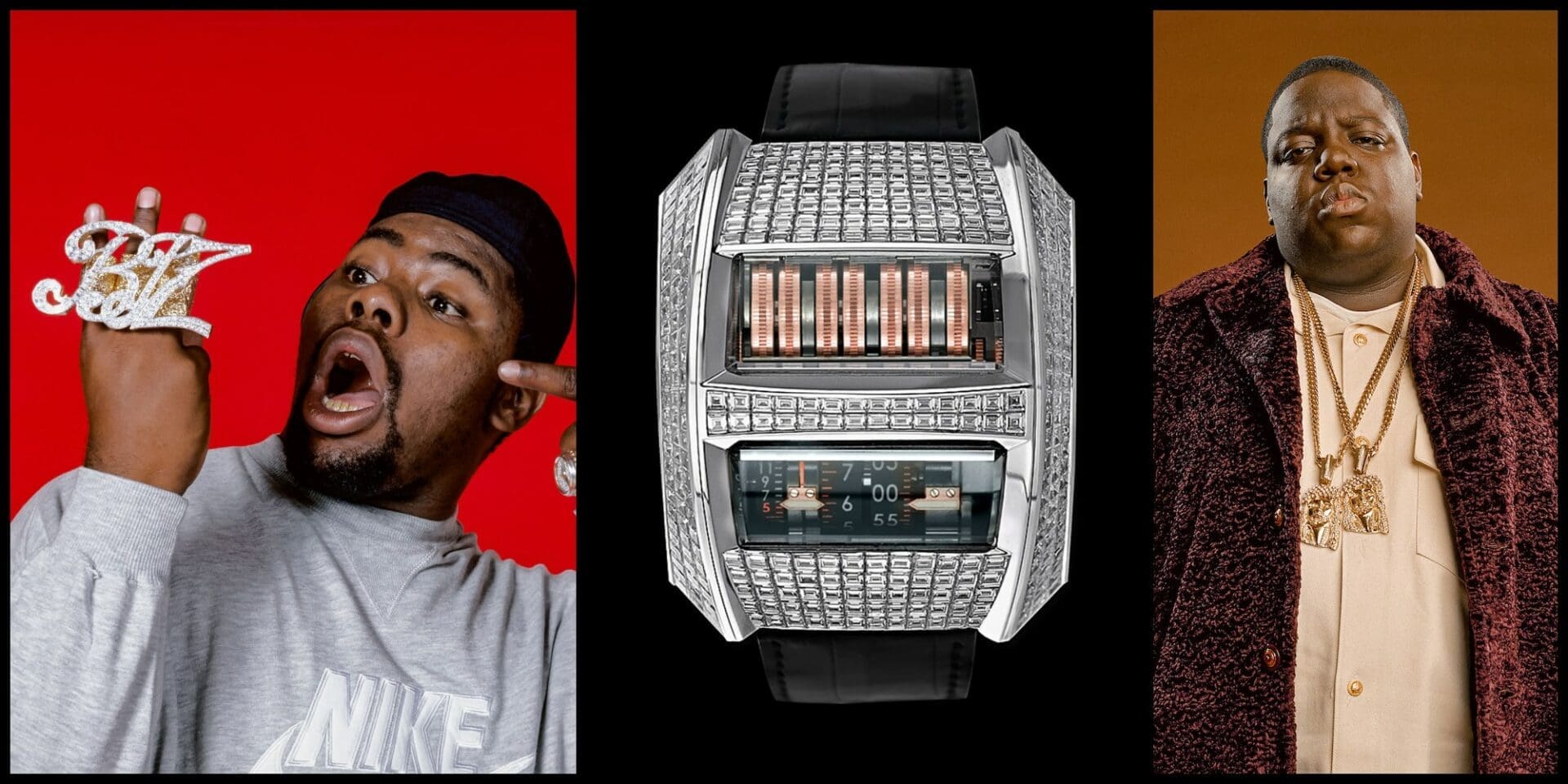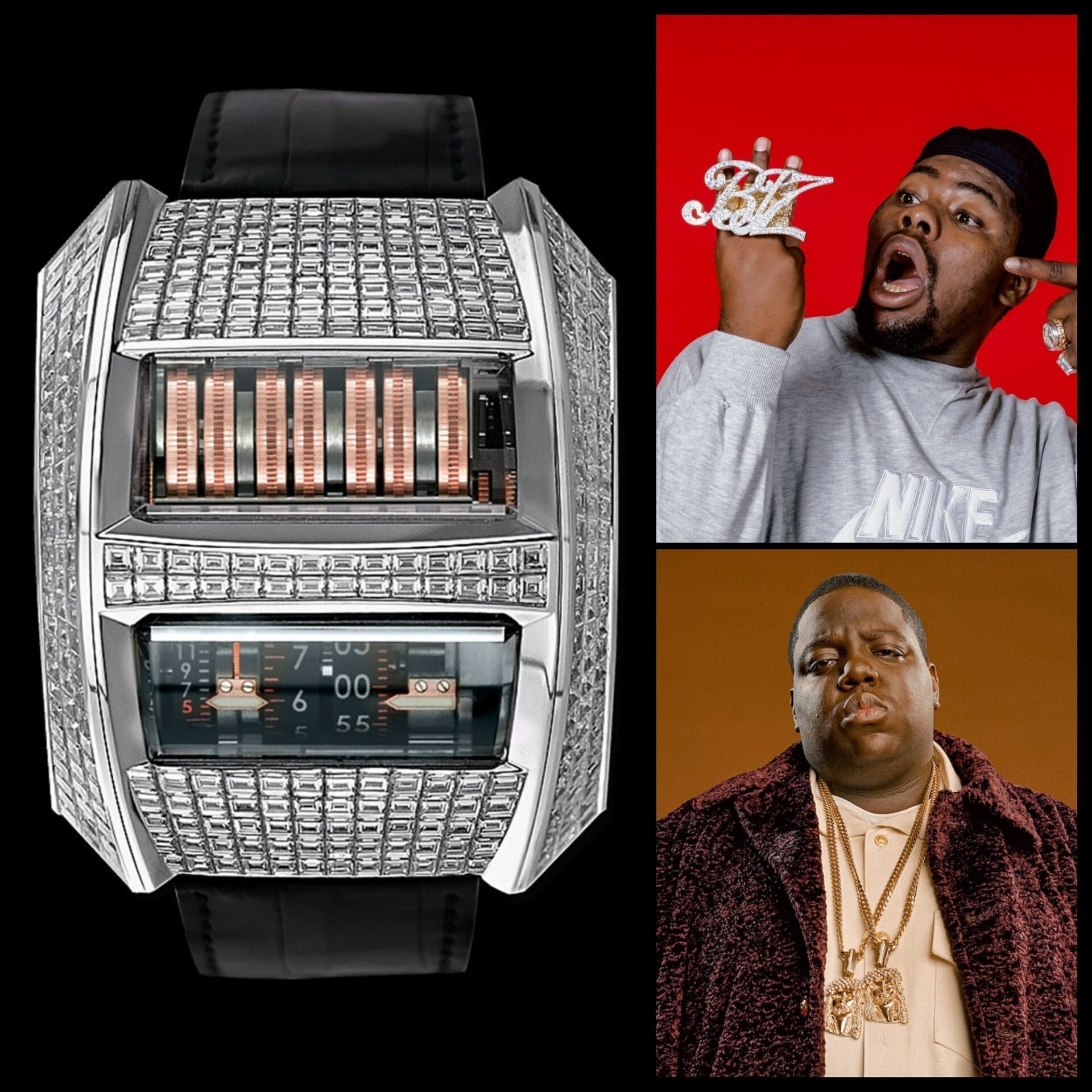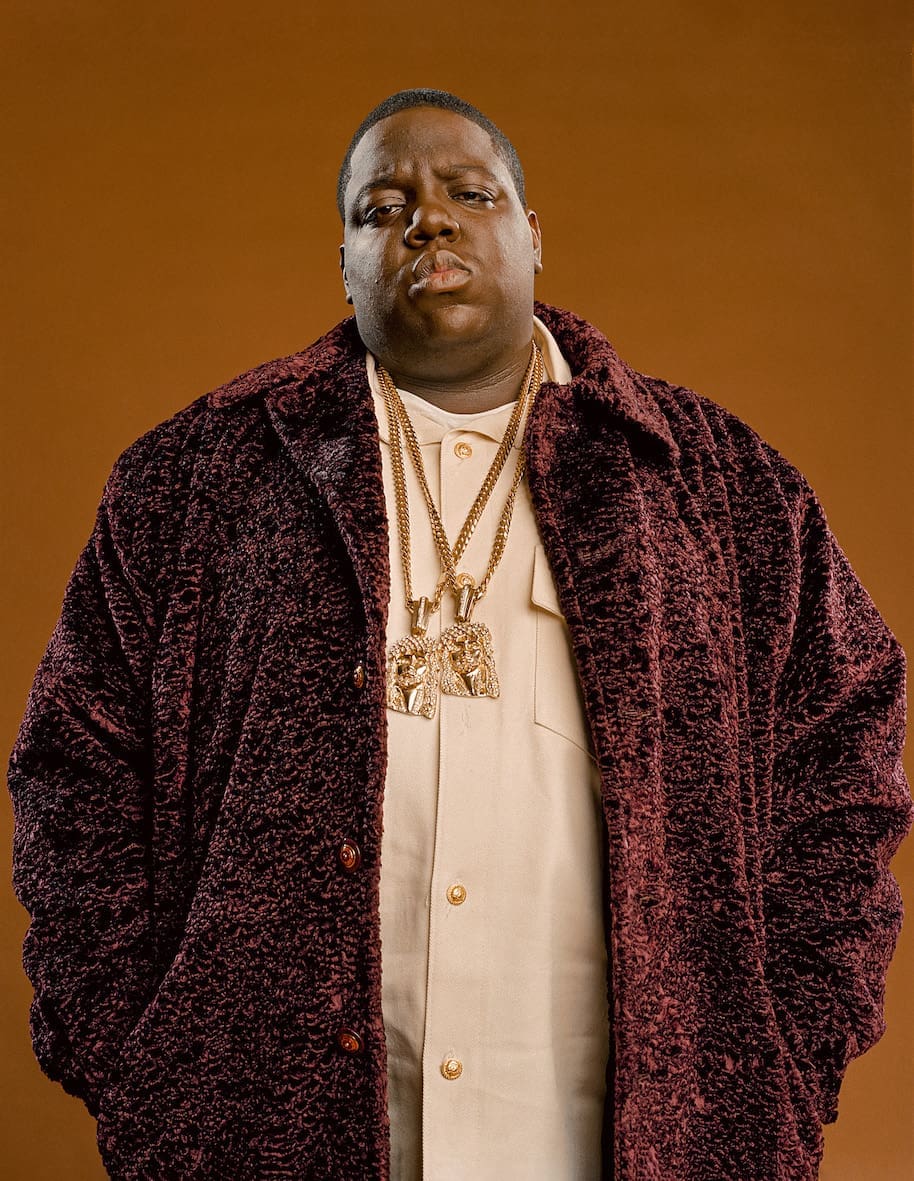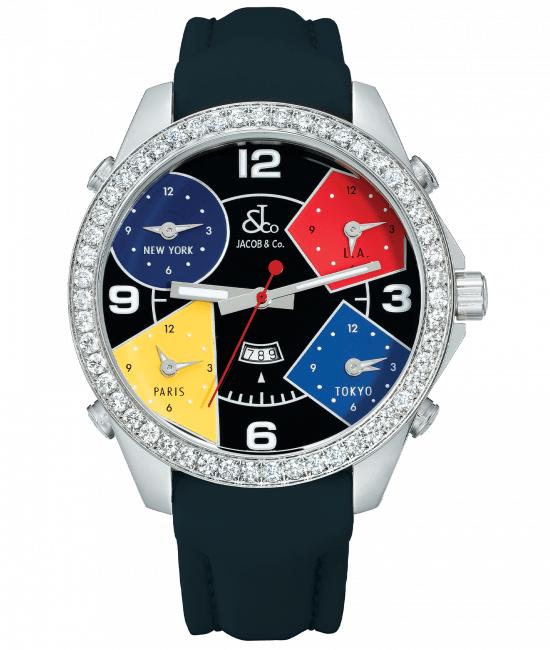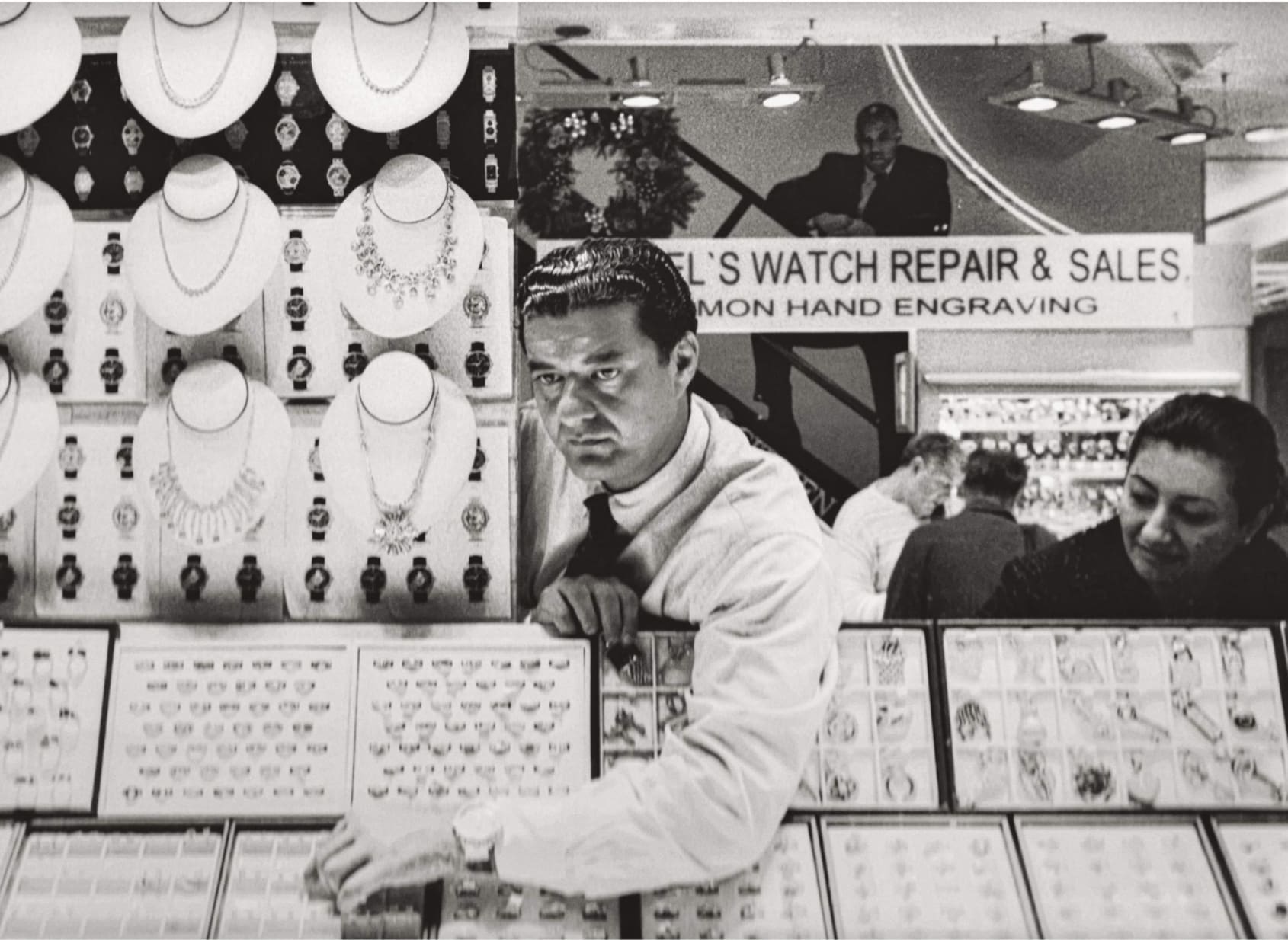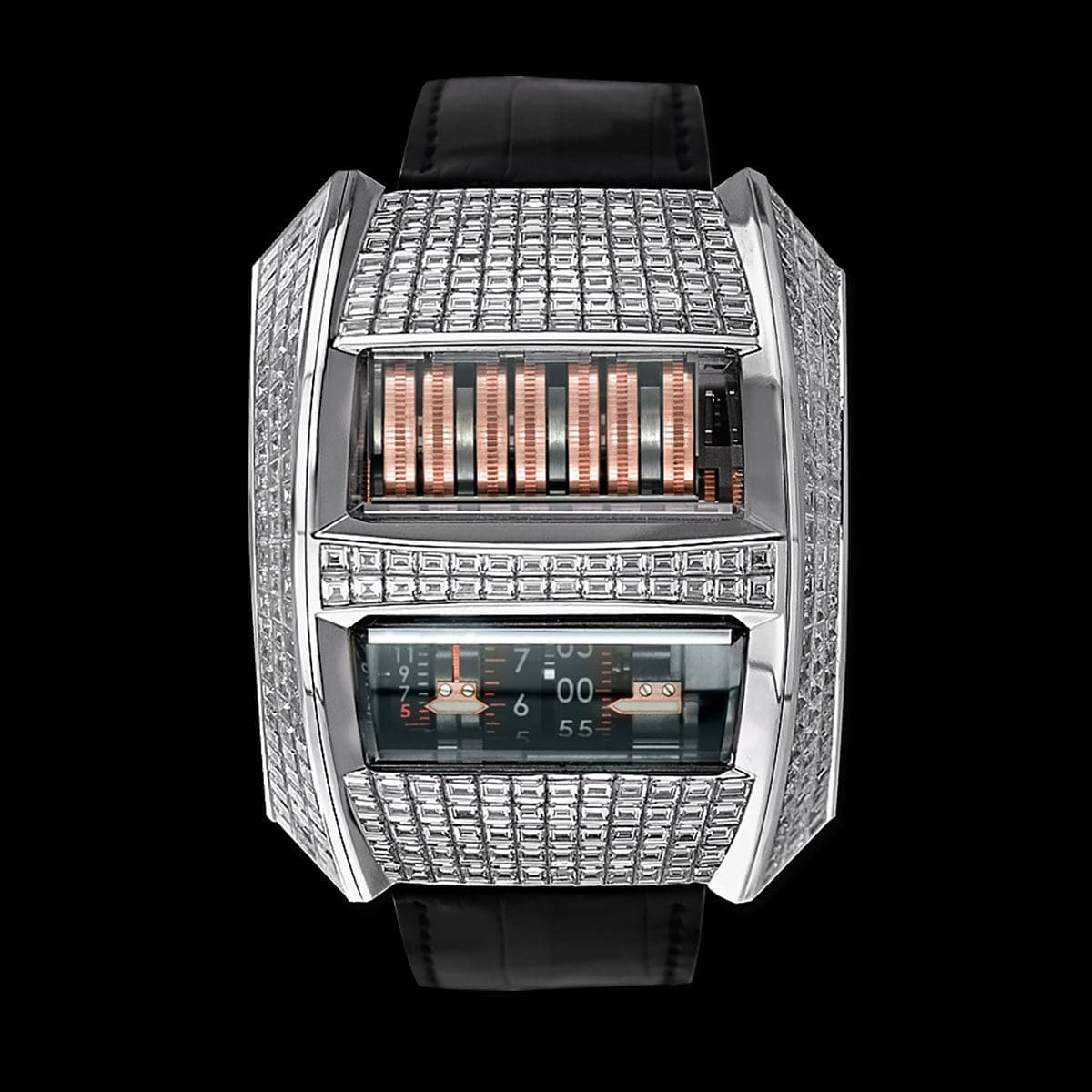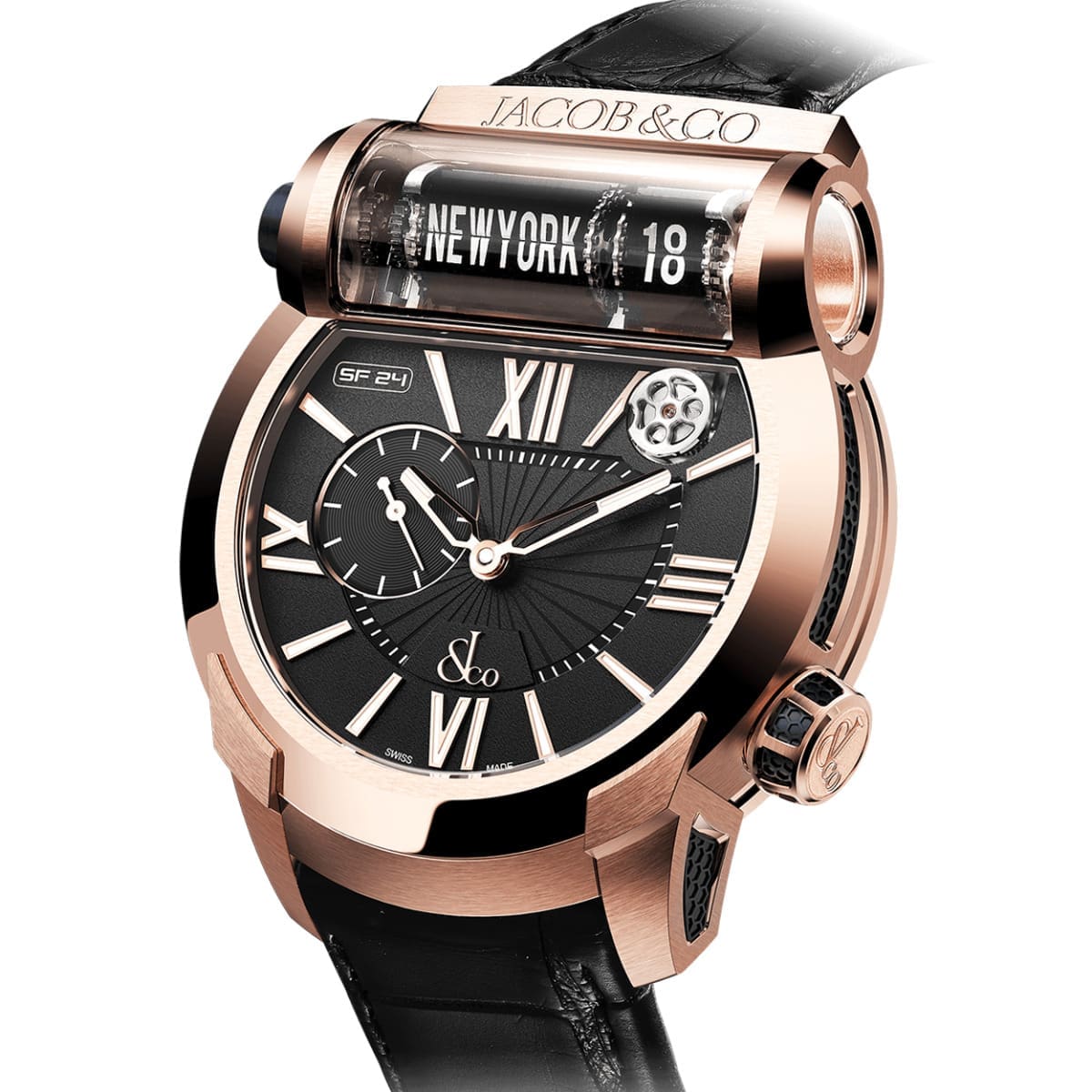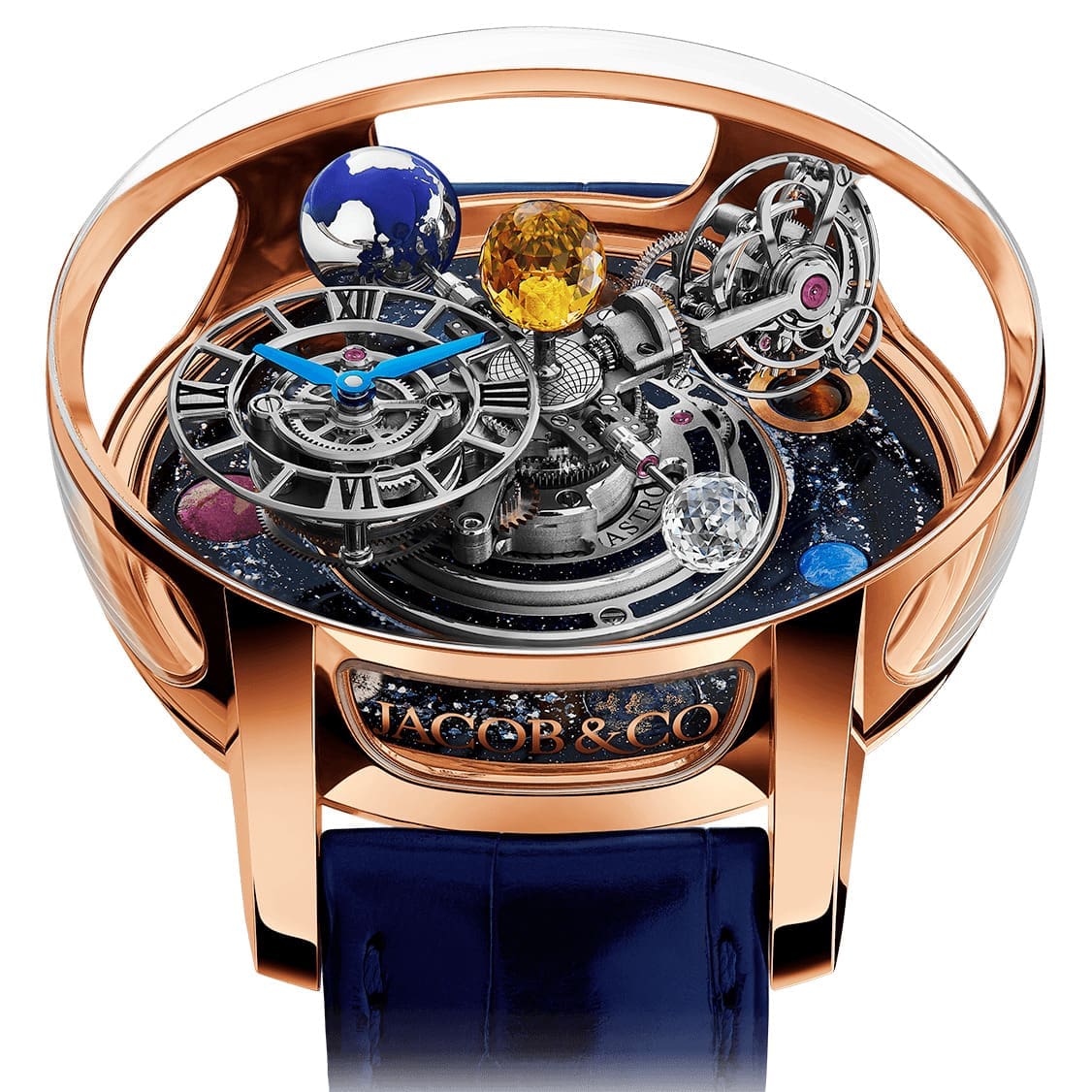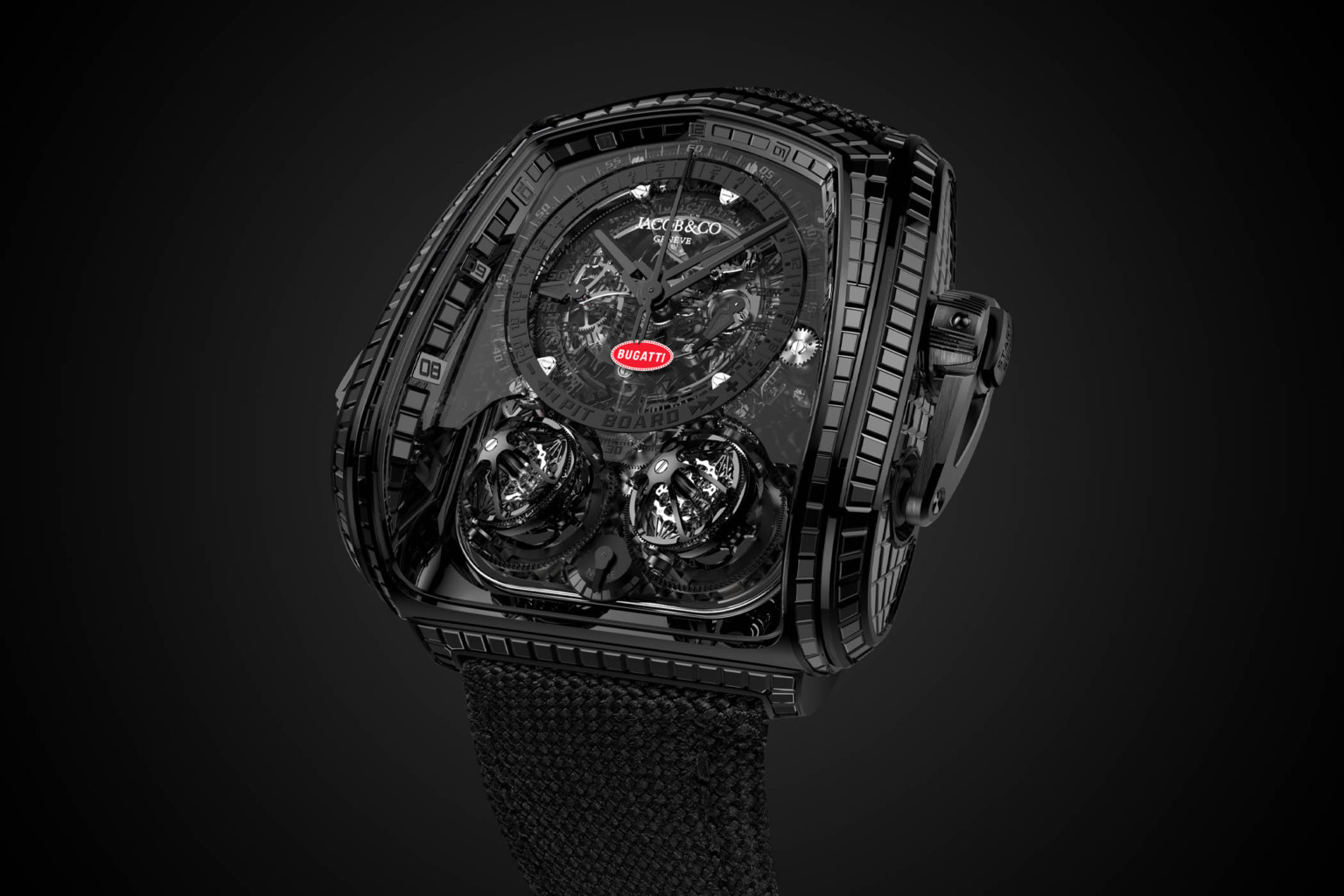How Jacob & Co made hysterical exuberance their stock in trade (before adding extra diamonds…)
Luke BenedictusJacob & Co don’t really make watches. What they specialise in is wrist-bound manifestations of the American Dream. The brand’s watches tend to be buried alive in diamonds or tricked out in mind-boggling complications. Sometimes they combine both at the same time. You can’t describe them as mere status symbols. They’re more like flashing neon signs, which broadcast to the world you haven’t just “made it” but that having done so, you’re now having the time of your life. Suffice to say, less-is-more dress watches aren’t really their thing.
The first time most people saw the work of “Jacob the Jeweler” as he was known back then was via Biz Markie (above). In 1987, the rapper had come to the man – whose real name was Jacob Arabo – requesting a four-finger ring that was bold enough to be visible when he was performing onstage. What Arabo produced was a piece of jewellery the size of an iPhone rendered in a spectacular, diamond-studded font.
From that moment on, Jacob the Jeweler became an almost folkloric figure in hip-hop circles, creating the Notorious B.I.G’s Jesus pieces in the ’90s and the Jacob Five Time Zone watch that was championed by everyone from Jay-Z to Kanye West and Busta Rhymes to Pharrell Williams. Soon Arabo’s name was being namedropped in tracks on a regular basis. As Kanye rapped in Touch the Sky: “I went to Jacob an hour after I got my advance / I just wanted to shine.”
On the back of that momentum, more A-listers flocked to the brand. Bono, the Beckhams, Rihanna, Karl Lagerfeld, Naomi Campbell, Stefano Gabbana, Wyclef Jean, Madonna, Michael Jordan, Jennifer Lopez and Leonardo DiCaprio were all spotted in the brand that had become known as Jacob & Co. Elton John meanwhile reportedly bought 22 of the Five Time Zone watch (below) to give away as presents.
The man behind Jacob & Co shared the rags-to-riches trajectory of much of his hip-hop clientele. Yakov Arabov had immigrated to New York City as a 14-year-old with his family in 1970. They were Bukharan Jews from Uzbekistan and arrived in the States in a cash-strapped state. Wanting to help his parents financially, the teenager enrolled on a six-month government course in jewellery design. After learning the tools of the trade, he found a job at a jewellery factory, anglicising his name to Jacob Arabo.
By the time he was 20, he’d opened his own retail stall in the heart of New York’s diamond district. His stock in trade was outlandish pieces that stood out from the crowd due to their size, scope and ambition. The conspicuous nature of the watches soon put them on the radar of the rising stars of the hip-hop community who appreciated the individuality and showmanship of Arabo’s wares.
Jacob & Co’s watches started off almost as an extension of his jewellery line – blinged-out and glitzy as hell. From a watchmaking perspective they initially favoured style over watchmaking substance; the Jacob Five Time Zone may have become one the brand’s most well-known models, but it was still powered by a humble quartz movement.
In 2006, however, the brand started to get technical. The first milestone in the brand’s mechanical watch development was the Quenttin (above). Developed together with the mechanical movement specialist BNB concept, this envelope-pushing watch featured a vertical movement with a lateral-side tourbillon. Stored in seven barrels, the power reserve stood at a whopping 31 days.
The next chapter of the brand’s watchmaking journey began in 2012 when Jacob & Co. opened its Swiss headquarters. The following year they released the Epic SF24, a wild take on a traveller’s watch in which 24 time zones are displayed via the sort of flickering boards used in airport departure lounges.
In 2016, came the Astronomia, a fiendishly complicated work of horology that showed the dizzying scale of Jacob & Co’s watchmaking ambitions. Beneath the watch’s domed globe, four arms rotate bearing individual “satellites” that comprise of a gravitational triple-axis tourbillon, a magnesium earth globe (that makes a full rotation on the arm every thirty seconds), a faceted diamond moon that also fully rotates every 30 seconds, and a sub dial to display the hours and minutes that revolves to ensure the dial is always in the proper 12/6 orientation. Not surprisingly, Conor McGregor owns one that adds baguette-cut diamonds to the base dial and lugs.
Then there was the Twin Turbo Furious La Montre Noire Bugatti. This million-dollar unique piece was based on the legend of the long-lost “Voiture Noire”. Heralded as an insane display of technical prowess, it featured two triple-axis tourbillons, gyrating and spinning constantly beneath the crystal for the owner to enjoy.
We could go on, but you get the idea. Behind the glitz and unimaginable glamour, Jacob & Co has evolved into a purveyor of wildly innovative haute horology. The brand’s motto is, after all, “inspired by the impossible” and, judging by their recent output, they’re taking this credo very seriously indeed.




